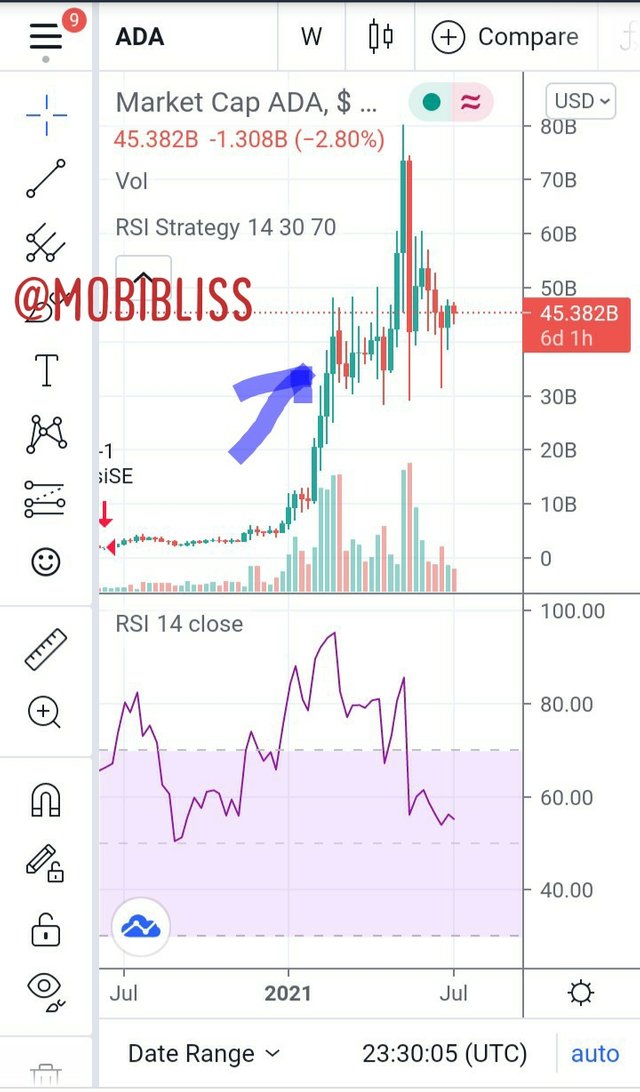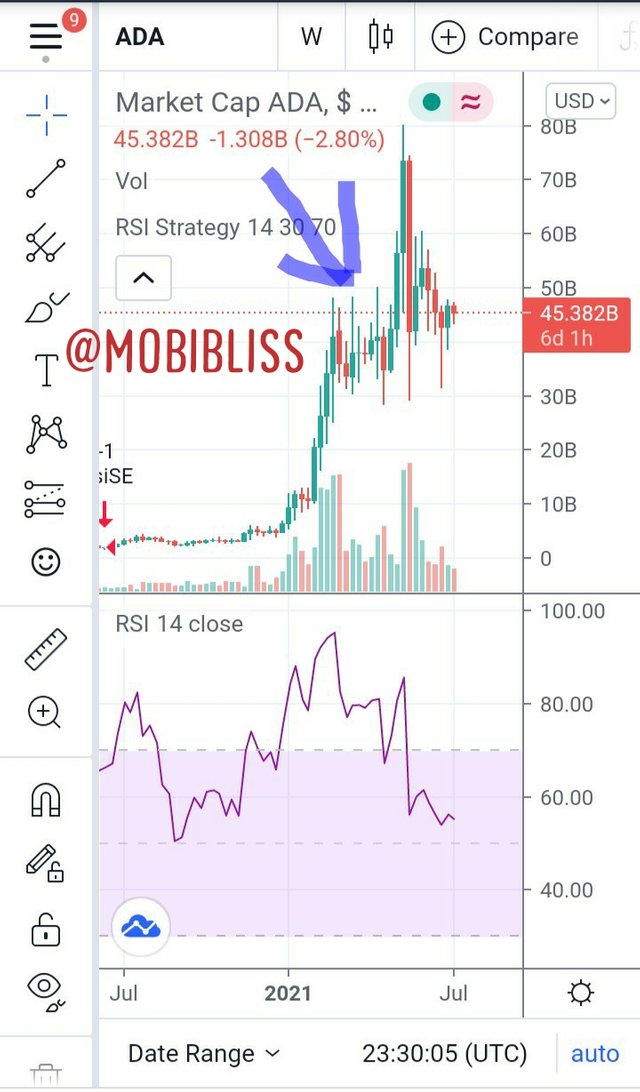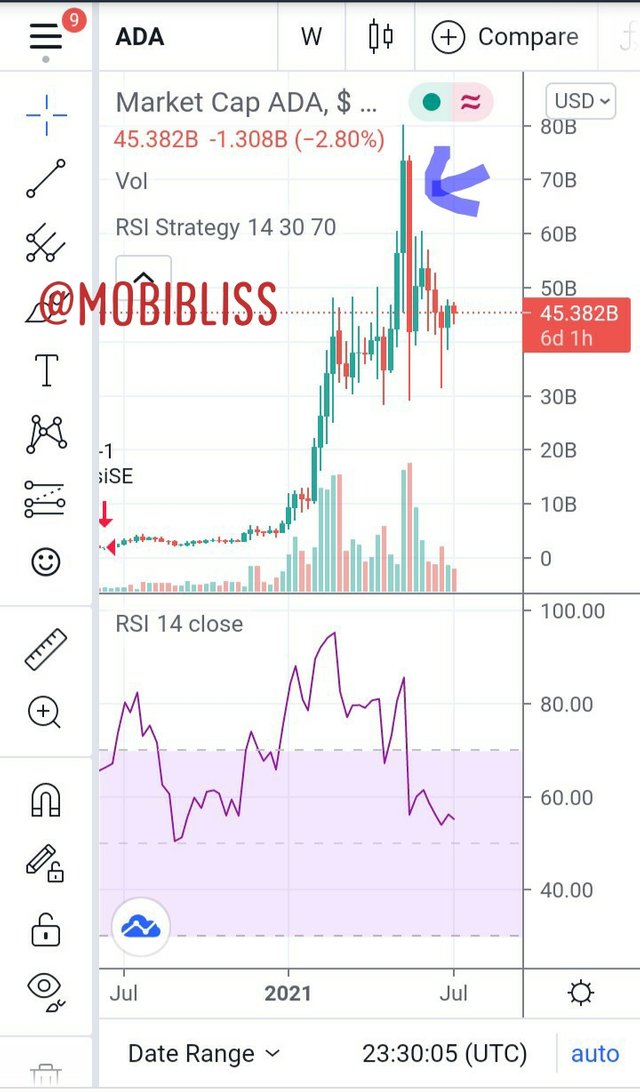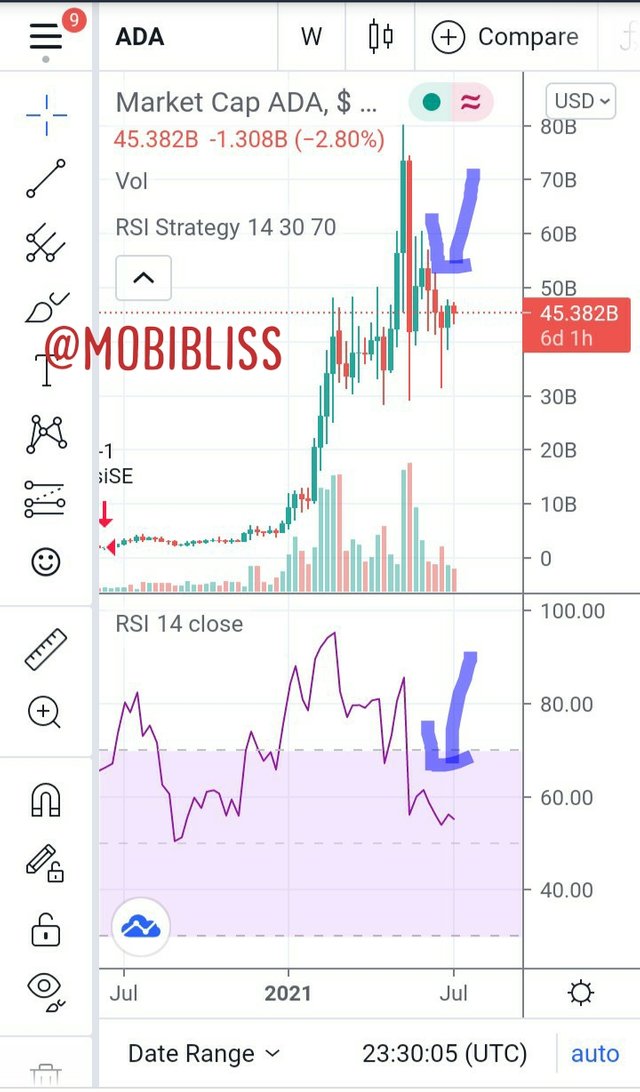CRYPTOACADEMY SEASON 3:/WEEK 2/MARKET AND TRADING PSYCHOLOGY /#ASAJ-S3WEEK2

I must thank you professor Asaj for clarity in writing. Your lecture work is down to earth and very easy to understand. If you lecturers keep doing works like this, it will helps we the students to learn more and more. Thank you once again.
Here is the entry of my homework task. The format of my entry will be as to reply the questions posed. I hope I meet your requirements.
Part A (Case Study)
1: The case study given is an example of what type of psychology? Explain the reason for your answer.
In the case study presented in the lecture Jane took a trade by merely following called-out signals from telegram program. She had FOMO or the fear of missing out for not having started as at the time when others did and this affected her decisions. She had greed, hoping the market will continue on gains. When market went against her she bought more coins with poor reasoning that the market will recover almost soonest. When market continued on loses she became emotional and she had regrets and etc.
All these combined is an example of Trading psychology.
Trading psychology have to do with the mental State and the emotion of an individual trader which will influence the success or failure in a trade.
In the case study above, it was Jane's way of reasoning and her emotions that led to her failure in that trade.
2: Using the case study above, list and explain at least 5 biases that influenced Jane's trading behaviour with examples of how it affected her behaviour?
From the case study of the lecture, it became apparent that the trader Jane was affected by many trading biases. These biases are as follows:
1: HERD MENTALITY BIAS
The first and foremost bias mentality that Jane had is called the herd mentality bias. As we saw from the lecture Jane relied solely on trading signal coming from the so-called signal providers which she got from telegram. She made no researches of her own; she never did any analysis, she just jumped into the trade simply by following the crowd.
The herd mentality bias is a situation where a trader rely solely on the decision of others without making analysis. What is playing a role is the traders emotion and not based on confirmation from analysis.
2: EMOTIONAL BIAS The major areas of trading biases that affected Jane falls under emotional bias.
A: Greed: Although Jane had made profit, she still wanted to hold her position for longer so as to make more profit. That is a clear example of greed and this affected her trade. One problem with greed is that it fosters false reasoning; in the case of Jane she thought the market a one way traffic; ever rising and no downside.
B: Hope. Jane held to her coin as if it was the only investment she could ever make. Even when it was obvious that the trade is going against her she still held to her coin with the hope that the correction of the bearish trend will be soon. Such hope defiling reasoning is negative and is known as the hope mentality bias trading.
C: Fear: Fear mentality bias occurs often, it is geared up mostly when someone had losses in a trade and the fear of loses then serves as an impediment for one to make future trades.
In the case study we saw such happening to Jane. She swore never to trade again because she had losses and that made her unable to invest in a possible profitable trade.
3: CONFIRMATION BIAS
In the case study Jane held an idea after her losses that it was totally unreasonable to involve in trading crypto anymore. So when she saw swings predominantly bearish, she was happy, believing that it has confirmed her view. When there where visible evidence that says otherwise, she ignores them.
This kind of trading bias is known as confirmation bias. it is a situation whereby traders hold to their ideas and only seek opportunities in a trade that confirms their long-held ideas avoiding or ignoring data and evidence that points otherwise.
4: DISPOSITION BIAS
This often happens because of the fear of losses. it is a situation where a trader fails to acknowledge his mistakes. He hangs onto a losing trade for so long hoping that the price will recover, ignoring possible evidence that the price could continue on the downside.
In the case study of Jane we saw that happening. When the market turned bearish and continued on the downside she still held on to her position with the hope that the price will reverse in a shortest while.
5:ANCHORING BIAS
This occurs when traders tend to rely or anchor their decision based on the first information they get. They allowed that to form a benchmark for their trading decisions.
In the case study, the first information Jane was exposed to as stated in the telegram bot was that she will be buying her position at the rate of $9. So she set this as a benchmark. when the market became bearish passing even $9 she felt she was buying more cheaper so as to make more profit.
List and explain how each bias you have mentioned can be avoided?
1: How to avoid herd mentality bias.
The best way to avoid this is to stop following the crowd. We should endeavour to form our own opinion of the market. We do this by making researches. Although we could accept suggestions or ideas from others, we still need to make own researches; dig deeper, make analysis and be informed so that we can make our own decisions and not by relying on simply what others or robots tell us.
2: How to correct emotional bias
Emotional bias may be a bit difficult to correct because it involves our feelings. Therefore we should know the triggers. Our fears, hope, greed etc. To correct this requires that we set a trading rule.
Take for example, Jane is an intraday trader, she could set a rule to only enter 5 trades per day. It will help her avoid greed that could result so as not to over trade.
Again, Jane sets a target of exit and once that target is reached, she exits the trade.
Secondly, one need to be disciplined. It is one thing to set a rule and it means another to stick to it.
3: Confirmation bias
To correct this bias, requires that one favours optimal reasoning. No one is an island of knowledge. Because we can not predict the future , we need to rely on more compounding evidence, So we can discuss our view with others, get information from wide range of sources. The idea is to challenge what we already know.
4: How to correct a disposition effect bias
The key is to have a good loss management strategy. It is important that we realise and admit that despite how good we may have analysed our market, there is a possibility of the trade going against our prediction. Therefore set a stop loss and trailing stop loss.
5: How to correct anchoring bias
Here is another area research comes in. We can not over overemphasize the importance of research. So do your research, consult with experts and others in the field.
Part B (Research & Analysis)
What type of analysis can be used to monitor market psychology and trading psychology, and why? Identify the differences between trading psychology and market psychology.
The best analysis that can be used to monitor market psychology and trading psychology IS technical analysis. The reason is because technical analysis uses real world data to evaluate and predict the market. It tends to look at how the market has performed in the past considering sentiments, psychology of past trades, and it is used to predict future trades.
To do technical analysis we use technical indicators. Example of technical indicators is the RSI,MACD,ADX etc
Difference between trading psychology and
Market psychology
Trading psychology has to do with an individual's mindsets or his mentality and his emotions while trading; whereas market psychology is formed from the combination of all trading psychology.
How can you measure market psychology using a crypto chart? Select 5 trading biases and explain with screenshots of any cryptocurrency chart how the biases can cause a coin to be oversold and overbought. (Add watermark of your username)
I will make this analysis using ADA coin chart.
- Note: all images are from my personal trading view account.
Fig 1:
From the image above we noticed that after a period of consolidation the price of ADA took a bullish movement up. We can say that the market psychology at that time is positive.
Yet one bias that could be a factor here is greed. The market is at gain at the point of the marker but if we do not have good loss management - a planned exit and stop loss strategy, then there is a problem.
Fig 2:

In the image above, the price of ADA is already in the overbought position, from the marked area, we see a further long push up in the price, exemplified by those long candlestick. People are buying more in a very shot period. The bias that could influence this is the herd mentality bias. There seem to be little research by the late buyers at this stage. They may seem to have followed the crowd.
Fig 3:

In this very image, the marked area show a sudden decline in price of cardonna coin ADA.
The long candlesticks points to that. People are "panic selling." The likely cause of panic sell in markets is fear. And that falls under emotional bias.
Fig4:

Image 4 helps us see another two trading biases that may have influenced the price of ADA.
In this image we have clear indication that cardonna coin ADA is taking a bearish turn. In the RSI, it is below 60%. Yet we can see bullish swings. There are two possible bias that may have influenced this. 1 is FOMO ( fear of missing out) some traders may have bought here because they regretted not buying shortly after the consolidation. This falls under regrets.
2 and secondly, hope could be another factor. Traders may have held to their trade and with the hope that the price will reverse soonest, they have * averaged down a position.*
In your own words, define the term efficient market hypothesis (emh). List and explain the advantages and disadvantages of efficient market hypothesis (emh)
Investors in the global market do technical analysis (this is using the result of past markets to predict the future market movements) and fundamental analysis (looking at market information). However efficient market hypothesis is opposed to these ideas.
It is the belief that there will always be new information in the market that will affect the movement of the market which neither the technical analysis of fundamental analysis will be able to dictate; therefore investors should focus more on speculative market rather than using rational reasoning or making analysis.
Advantages
1: It saves time. Because the market is speculative, one do not need to spend so much time and effort doing analysis.
2: It saves money: For new investors, who believe they can beat the market, knowing that the market is speculative, they can choose not to invest based on suggestions but only on their feelings and again invest minimal amounts.
3: It Makes experts irrelevant. With the idea that market is speculative, one need no expert advice.
Disadvantages
1: Technically and fundamental analysis still works.
2: Crypto market or global market forex is not gambling
3: There are evidence of people who have beaten the market. Following their advice has most often worked.
CONCLUSION
The global market is not a risk free one. However the greatest battle fought by individual traders is fighting their mentality and emotion while trading.
It is the emotions and the attitude of combined individual traders that form the market charts and what we know as market psychology.
The biases results due to individual emotions and how one sees the market, yet they can be handled.
Good job @mobibliss!
Thanks for performing the above task in the second week of Steemit Crypto Academy Season 3. The time and effort put into this work is appreciated. Hence, you have scored 7.5 out of 10. Here are the details:
Remarks:
Overall, you have displayed a clear understanding of the topic. You work is unique and original. I like how you added your personal touch to the answers.
However, I suggest you present the crypto charts in landscape mode. The portrait display doesn't give a good user experience when viewing your work on pc.
Again, thanks for the time and effort. We hope to see more from you in the coming weeks.
Thank you